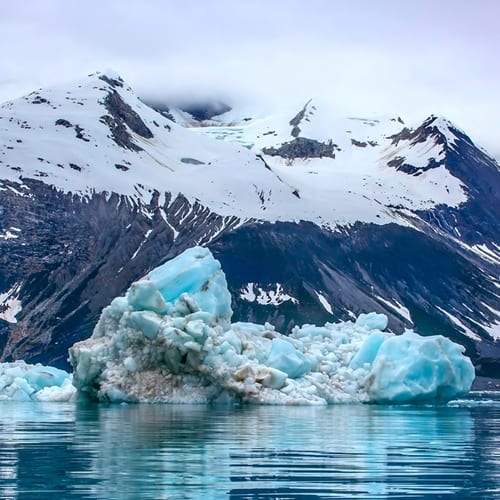LiveScience recently reported on the investigation into the aftermath of a shipwreck in 1813. According to the source, newly discovered artifacts are shedding light on what actually happened after that ship crashed in the Prince William Sound area. Specifically, researchers have found items like an axe and some whittled musket balls that seem to indicate the way the 26 eventual survivors of the wreck adapted to their environment while awaiting rescue.
Exploring the ocean where the ship sank has proven difficult. The article mentions "thick kelp forests" that block researchers from finding remains, so in this case the on-land artifacts may prove to be especially important to historians. Another difficulty is the lack of any written account to go on, although representatives of the local Tlingit tribe may be able to provide helpful information.
The lost ship, the Neva, disappeared near the city of Sitka, and the Sitka tribe is also cooperating with scientific research. In a press release from the National Science Foundation, Sitka Historical Society representative Dave McMahan explained the significance of the discoveries.
"The items left behind by survivors provide a unique snapshot-in-time for January 1813, and might help us to understand the adaptations that allowed them to await rescue in a frigid, unfamiliar environment for almost a month," he said. "Collectively, the artifacts reflect improvisation in a survival situation, and do not include ceramics, glass and other materials that would be associated with a settlement."
A comprehensive investigation can include research underwater and on land. Insurance for divers needs to be tailor-made to reflect mission concerns. Providers with experience in this field give assurance that the policies will be correct and effective.

